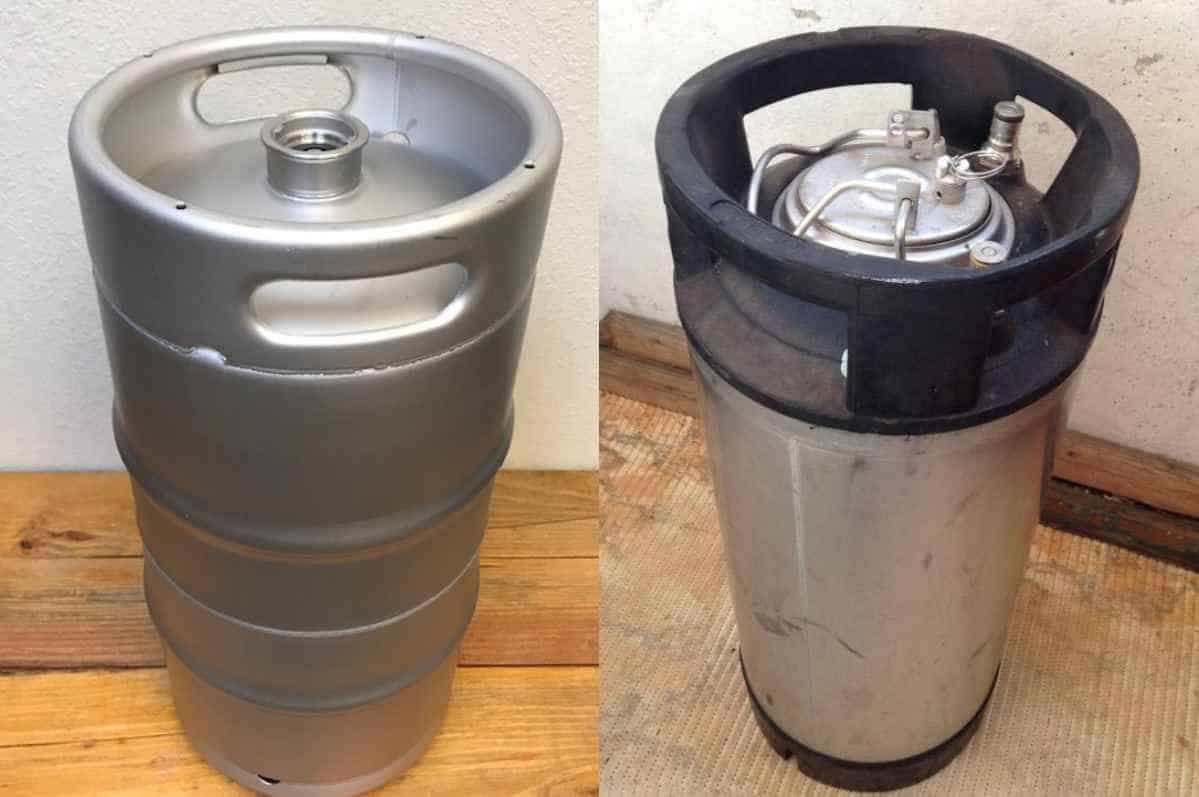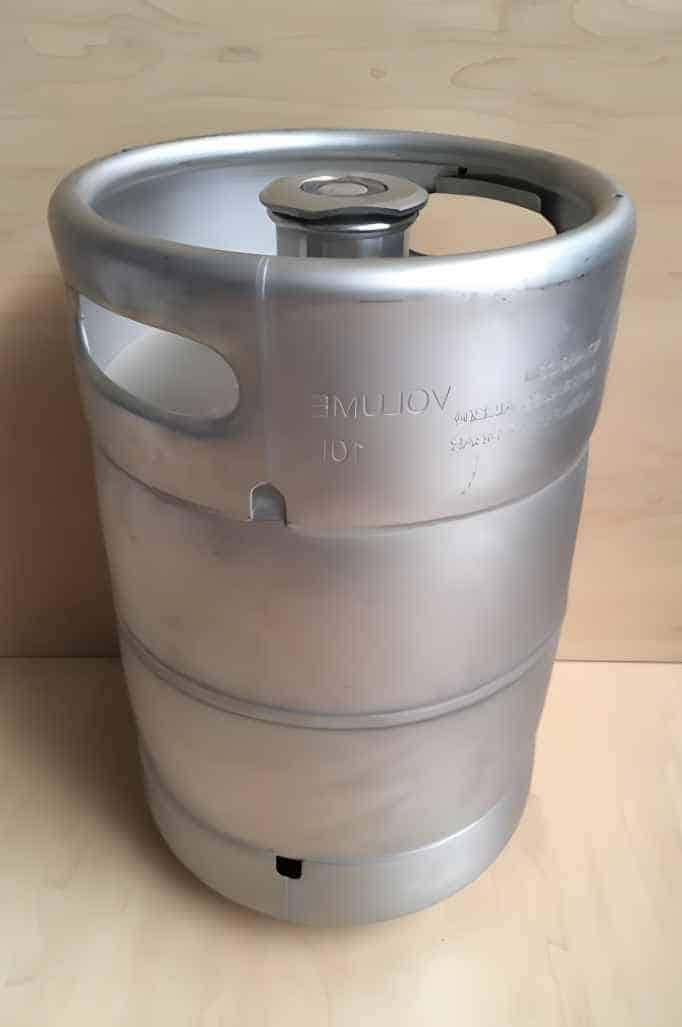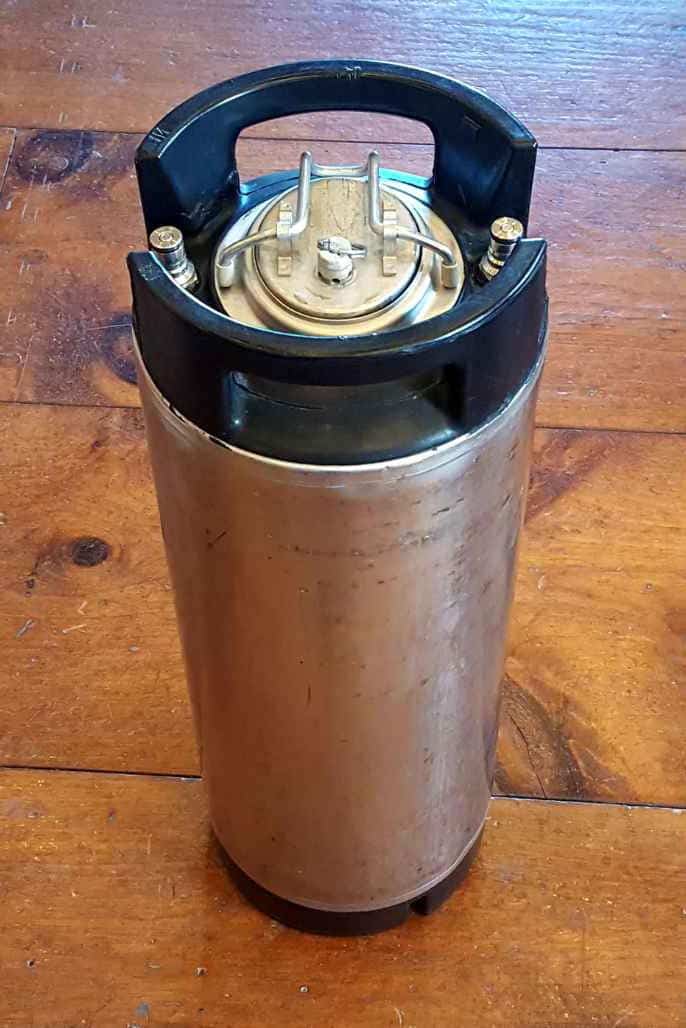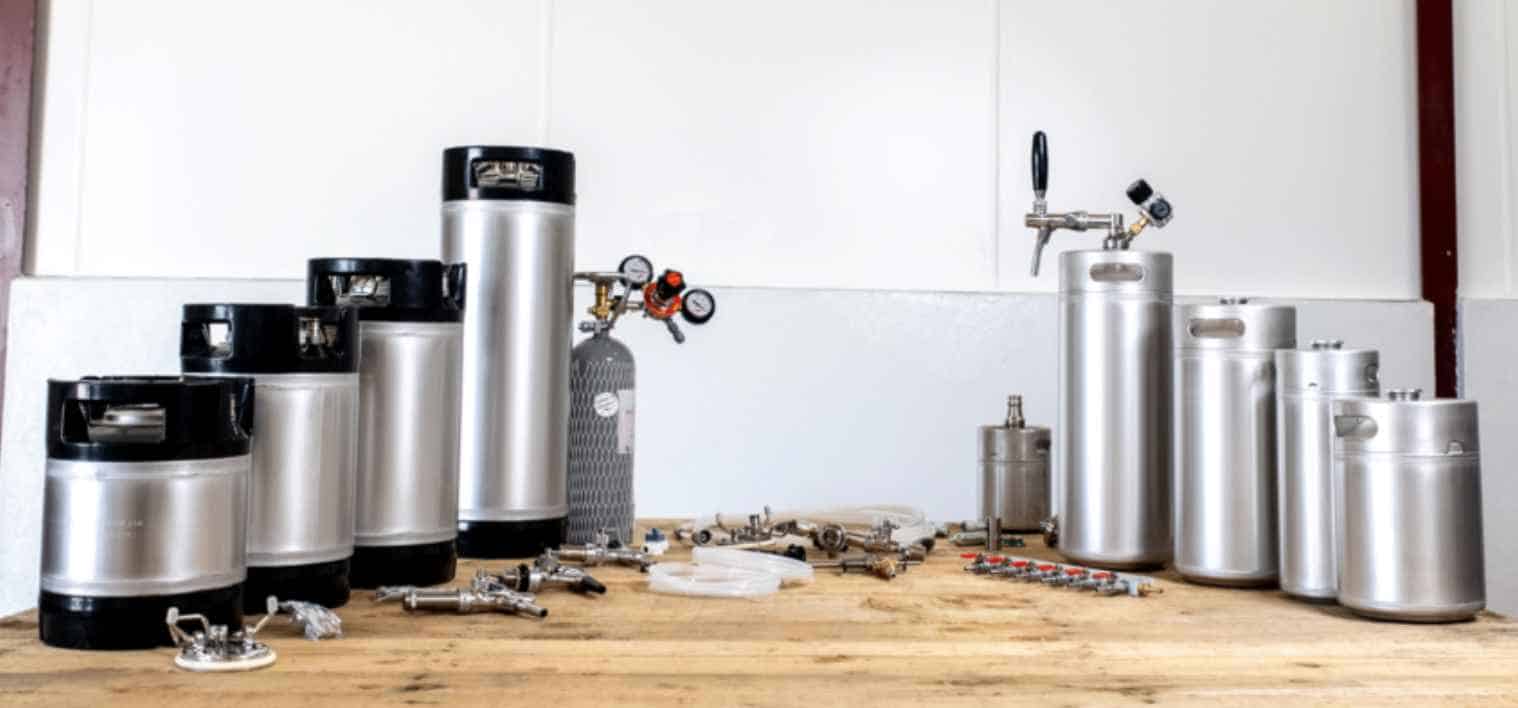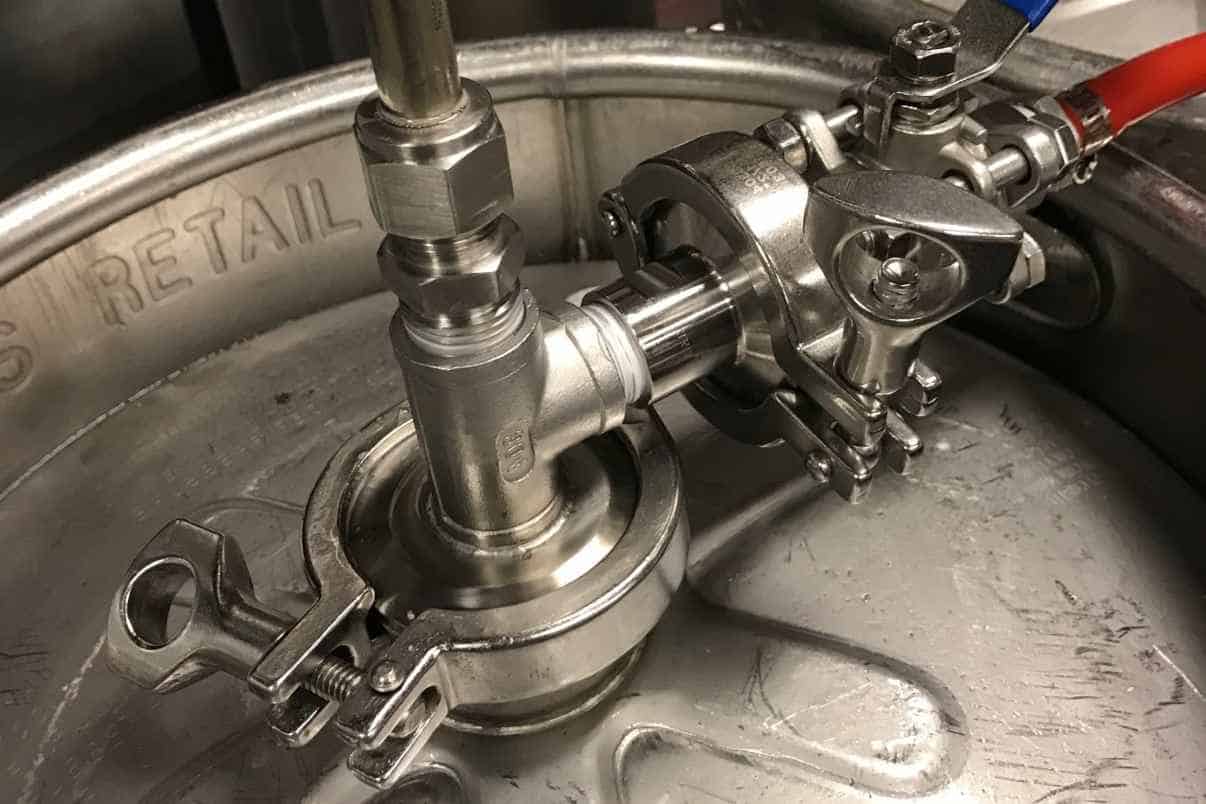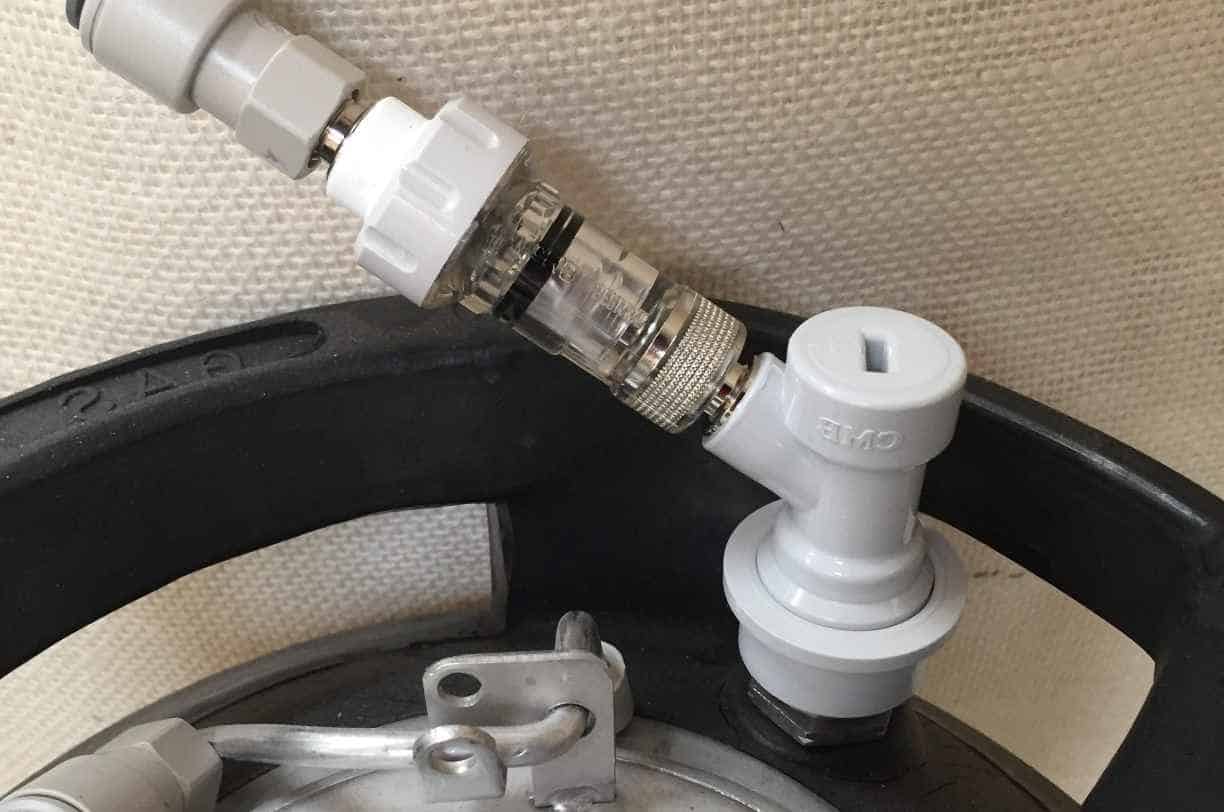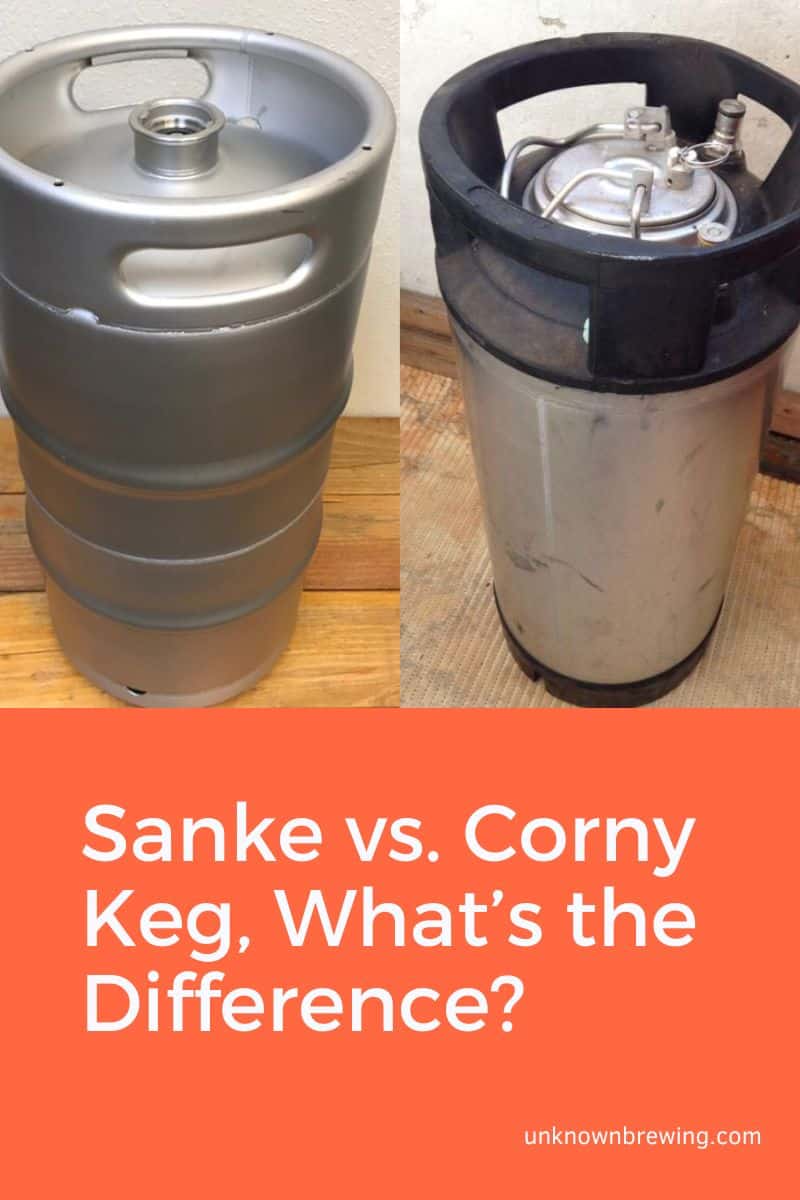During a tiring day, we often have beer to calm and relax ourselves. But sometimes do you wonder where these beers came from? Is it canned or fresh from barrels? Do they serve a functional purpose or are they purely aesthetic?
These containers, often known as kegs, store the beer, extend its shelf life and flavor retention, and leave the barrel with the same flavor. You might wonder if these barrels differ in their distinctive features and appearances, and the answer is yes!
This article can be helpful to you if you’re interested in brewing or intend to become one. Want to discover more? Get familiarized with Sanke and Corny Kegs by panning down below.
What is Sanke?
Sanke, also called Sankey, is a type of beer keg. The top of the Sanke kegs has a single valve that lets gas and beer pour through. A spike in the valve that runs to the bottom of the Sankey keg allows the beer to flow. This type of beer made its name because of its convenience to users, especially in commercial aspects.
This convenience was coined from the cleaning and filing system of the keg itself, given that there is only a single connection port that rejects the unsanitary bunghole.
The previous keg design had a more complex structure which was harder to clean, and the sanitization works were less efficient. Due to this, commercial beer establishments switched to sanke, which is better in terms of space efficiency, stack stability, and ergonomic handles.
What is Corny Keg
A stainless-steel canister commonly used as a container by the soft drink industry is called a “corny keg,” which is also known as a Cornelius keg or soda keg.
Did you know that coke and Pepsi used corny kegs before they switched boxes and plastic bags? These types of kegs are outdated, so if you ever happen to find one, they might still smell like soda.
There are two types of corny kegs; Pin locks and Ball Locks. As soft drinks corporations formerly used them, Pin lock corny kegs were produced for Coca-Cola; In contrast, Ball Lock was produced for Pepsi. Despite the difference between dimensions, lid styles, and posts, they still function the same as corny kegs.
Origin of Kegs
| SANKE | CORNY KEG |
| Europe | United States |
Origin of Sanke Keg
During the 1960s, sanke dominated Europe because of its superiority over other kegs. The existing kegs do not offer convenience to the owners especially when cleaning.
Meanwhile, sanke has offered a feature where it is filled and also cleaned on the same valve which catches the heart of the people; Besides, who would want an easier life, right?
This made it a better option than anything else because it saves and reduces the loss of product. Because of this, it became the standard in the United States during the 1970s when Hamms and Anheauser Busch adopted these new processes.
Origin of Corny Keg
Cornelius kegs, also known as a corny keg, was initially used for the soft drinks industry. If you happen to know Coca-Cola and Pepsi, these companies manufactured these kegs.
This was, however, ended by Coca-Cola inc. since they invented post-mix, which is a method that allows business owners to buy condensed syrup, mix it with CO2 and water at the point of sale, and dispense freshly carbonated drinks.
Because of this, these corny kegs were not able to keep up to date until they were disused by these companies. Although it was said that it was out of date, some homebrewers kept their kegs as they believed that their corny kegs were better than bottling.
Sizes and Dimensions
| SANKE | CORNY KEG |
| 5.23 Gallons | 2 gallons |
| 7.75 Gallons | 3 gallons |
| 15.5 Gallons | 5 gallons |
Regardless of whether they are Sanke or Corny Kegs, the sizes of the kegs are always based on the barrel of beer.
It is obvious that the smallest gallon of sanke is equivalent to the largest gallon of a corny keg given their size differences. The data, keg sizes, and volume differences are shown in the table above.
The barrel’s apparent volume for Sanke is 15.5 gallons. The primary application of this keg is commercial, such as in nightclubs, bars, and taverns. You may drink 165 12-oz bottles and 124 16-oz pints of beer with this amount.
Homebrewers who enjoy creating their own beer found it to be much simpler due to the size of the corny keg. With a five-gallon capacity, it is ideal for people who want to skip bottling the beer and drink it straight from the barrel. For a corny keg, 40 16-oz pints and 53 12-oz bottles can be created.
Material of Keg
Though Sanke and Corny Keg differ in different aspects, they have one thing in common—The usage of stainless steel. This kind of steels are popular in the food-to-kitchen industry as it is a non-leachable metal which makes them safe for cooking and storing foods.
As implied by the name, it is a stainless metal that resists rusting even when exposed to acidic foods. This results to using of stainless steel for kegs which will preserve and prolong the life of the beer without compromising its safety.
Connections
| SANKE | CORNY KEG |
| Coupler | Disconnects |
One of the main differences between Sanke and Corny Kegs is their connections. While Sanke uses Couplers, Corny Keg uses Disconnects.
Sanke Kegs
For quick and simple transfers between various kegs, Sankey kegs require Sankey couplers. The six distinct sanke couplers are designed to accommodate particular sanke kegs. This includes the following:
- D-System
- S-System
- U-System
- A-System
- G-System
- M-System
Despite these different systems, the D-System remains the most popular in the United States, as they call it, the American Sankey. The D system includes the distribution of Anheuser, Coors, Miller, and Busch; The S and U style system, on the other hand, is popular in European and the A style in Germany.
Corny Kegs
There are two types of corny kegs which are the ball-lock and pin-lock kegs. As they were used before by Coca-Cola and Pepsi, it is guaranteed that these kegs are exceptional. Below is a video by WNY Brews discussing the difference between Pin Lock and Ball lock:
- Ball Lock Corny Kegs
Evident from its name, Ball locks have ball bearings inside. The fitting snaps over the post, and the ball bearings grasp the post so that it cannot pop back off when you press it down after placing it over.
- Pin Lock Corny Kegs
Just like the Ball Lock kegs, these pin lock kegs are also derived from their name, wherein it uses a pin to lock the barrel of beer. In order for the fitting to lock onto those pins, you must push it down and turn it.
What You’ll Need
| SANKE | CORNY KEG |
| CO2 | CO2 Tank |
| Gas line | Regulator |
| Liquid Line | Gas Line |
| Coupler | Keg |
| Keg | Clamp |
| Keg wrench | Liquid Disconnect |
What You’ll Need in Sanke
To start off your sanke journey, you will need a CO2, a gas line, and also a liquid line. A coupler is necessary because this stores the gas in line and beer out line in only one unit.
Since it only has one outlet for in-going and outgoing, the coupler also connects to the spear in order to allow gas in too. These couplers have different types, which are named after letters.
The only thing that sets it apart and also a disadvantage of sanke is it is a hassle to disassemble and assemble compared to a corny keg.
For cleaning, you need to depressurize the keg and remove the metal ring inside. Want to know a secret for faster cleaning? A keg wrench is key!
What You’ll Need in Corny Kegs
Corny Kegs, on the other hand, also needs a CO2 tank that is linked to a regulator, which controls the pressure in the keg and maintains its carbonation.
Ending from the regulator, the gas line should be attached to the gas disconnect, which will need either a pin lock or ball lock to secure. All of the preceding lines will require clamps, and the liquid disconnect will lead to a tap handle. Now you can have more dinners with your beer.
Wrap Up
Sanke kegs are barrels that are used for commercial uses, while corny kegs are great for homebrewers. The main distinguishing characteristic between the two is that the sanke keg has no removable lid! This made it impossible to use at home since you will need special types of equipment to open it.
Corny kegs, on the other hand, work best for home because of their removable lid, which is easier to clean at home because you will need no types of equipment at all! Despite their differences, their main objective is to store beer to enhance its longevity and flavor!
If you struggle to decide what to invest whether of the two, feel free to come back and reread this comparison.
Now you have an idea of what’s the difference between sanke kegs and corny kegs, starting from their origin, definition, characteristics, and sizes. Make sure to jot down this information because, who knows, you may be the next brewer in town!

As a homebrewer, Michael would get frustrated about the lack of brewing information on the internet. After hundreds of gallons of spoilt batches, Micheal had enough. And he founded Unknown Brewing as a resource for homebrewers.
